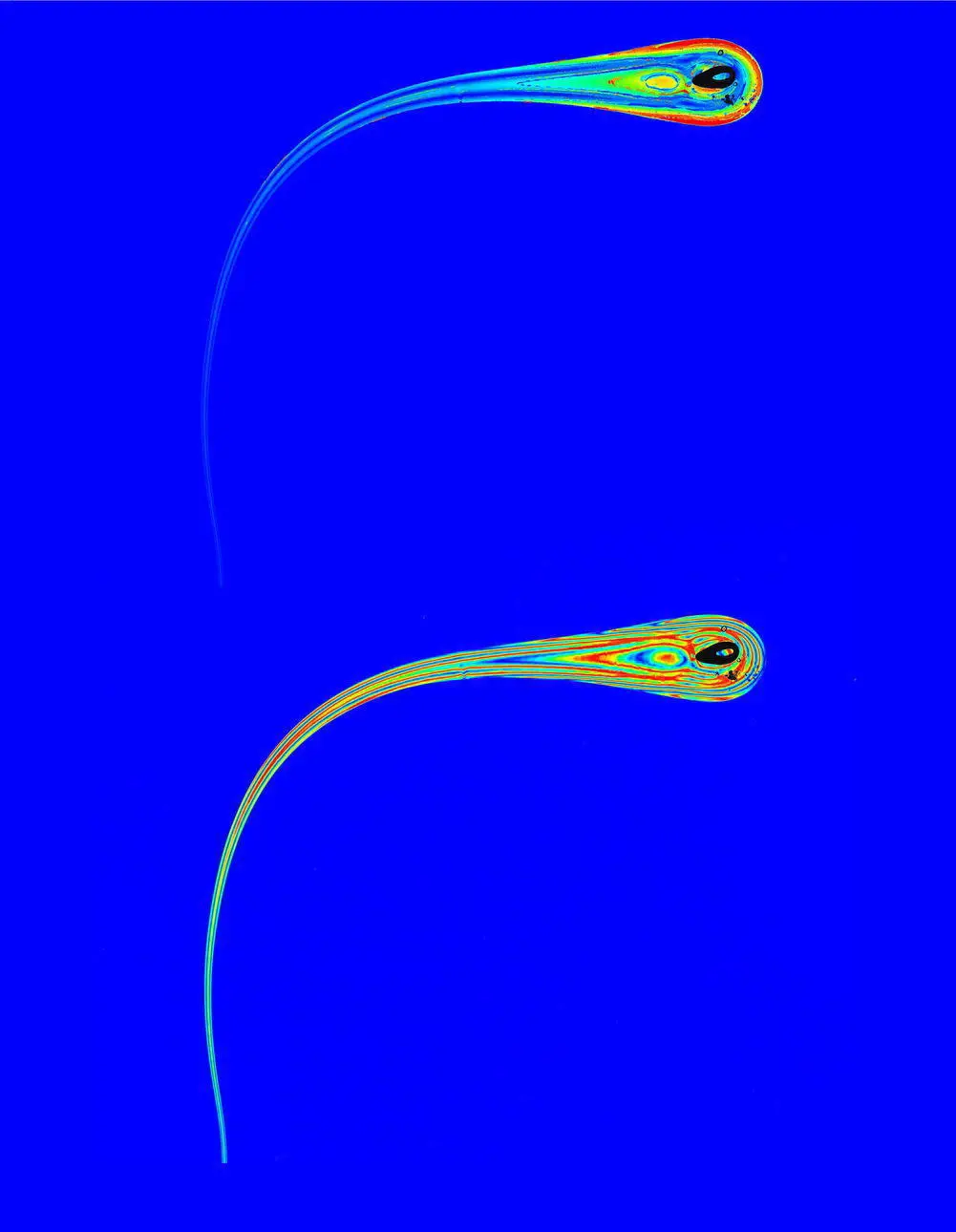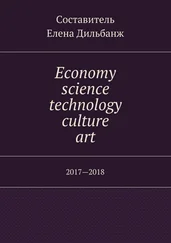13 13 Ferlat, G., Charpentier, T., Seitsonen, A.P. et al. (2008). Boroxol rings in liquid and vitreous b 2 o 3 from first principles. Phys. Rev. Lett. 101: 065504.
14 14 Binder, K. and Kob, W. (2011). Glassy Materials and Disordered Solids. Singapore: Word Scientific.
15 15 Tilocca, A. and Cormack, A.N. (2011). The initial stages of bioglass dissolution: a Car–Parrinello molecular‐dynamics study of the glass–water interface. Proc. Roy. Soc. London A 467: 2102–2111.
16 16 Pasquarello, A., Sarnthein, J., and Car, R. (1998). Dynamic structure factor of vitreous silica from first principles: comparison to neutron‐inelastic‐scattering experiments. Phys. Rev. B 57: 14133–14140.
17 17 Benoit, M. and Kob, W. (2002). The vibrational dynamics of vitreous silica: classical force fields vs. first principles. Europhys. Lett. 60: 269–275.
18 18 Giacomazzi, L., Umari, P., and Pasquarello, A. (2009). Medium‐range structure of vitreous SiO2 obtained through first‐principles investigation of vibrational spectra. Phys. Rev. B 79: 064202.
19 19 Ispas, S., Zotov, N., De Wispelaere, S., and Kob, W. (2005). Vibrational properties of a sodium tetrasilicate glass: ab initio versus classical force fields. J. Non‐Cryst. Solids 351: 1144–1150.
20 20 Huang, L. and Kieffer, J. (2015). Challenges in modeling mixed ionic‐covalent glass formers. In: Molecular Dynamics Simulations of Disordered Materials, 87–112. Berlin: Springer.
21 21 Taraskin, S.N. and Elliott, S.R. (1997). Connection between the true vibrational density of states and that derived from inelastic neutron scattering. Phys. Rev. B 55: 117–123.
22 22 Fabiani, E., Fontana, A., and Buchenau, U. (2008). Neutron scattering study of the vibrations in vitreous silica and germania. J. Chem. Phys. 128: 244507.
23 23 Vollmayr, K., Kob, W., and Binder, K. (1996). Cooling‐rate effects in amorphous silica: a computer‐simulation study. Phys. Rev. B 54: 15808–15827.
24 24 Pasquarello, A. and Car, R. (1997). Dynamical charge tensors and infrared spectrum of amorphous SiO2. Phys. Rev. Lett. 79: 1766–1769.
25 25 Umari, P., Pasquarello, A., and dal Corso, A. (2001). Raman scattering intensities in α‐quartz: a first‐principles investigation. Phys. Rev. B 63: 094305.
26 26 Lazzeri, M. and Mauri, F. (2003). First‐principles calculation of vibrational Raman spectra in large systems: signature of small rings in crystalline SiO2. Phys. Rev. Lett. 90: 036401.
27 27 Pickard, C.J. and Mauri, F. (2001). All‐electron magnetic response with pseudopotentials: NMR chemical shifts. Phys. Rev. B 63: 245101.
28 28 Charpentier, T. (2011). The PAW/GIPAW approach for computing NMR parameters: a new dimension added to NMR study of solids. Solid State Nucl. Magn. Reson. 40: 1–20.
29 29 Charpentier, T., Menziani, M.C., and Pedone, A. (2013). Computational simulations of solid state NMR spectra: a new era in structure determination of oxide glasses. RSC Adv. 3: 10550–10578.
30 30 Giacomazzi, L., Martin‐Samos, L., Boukenter, A. et al. (2014). Epr parameters of E centers in v‐SiO2 from first‐principles calculations. Phys. Rev. B 90: 014108.
31 31 Bouzid, A., Gabardi, S., Massobrio, C. et al. (2015). First‐principles study of amorphous Ga4Sb6Te3 phase‐change alloys. Phys. Rev. B 91: 184201.
32 32 Lee, T.H., Simdyankin, S.I., Hegedus, J. et al. (2010). Spatial distribution of rare‐earth ions and GaS4 tetrahedra in chalcogenide glasses studied via laser spectroscopy and ab initio molecular dynamics simulation. Phys. Rev. B 81: 104204.
33 33 Akola, J., Beuneu, B., Jones, R.O. et al. (2015). Structure of amorphous Ag/Ge/S alloys: experimentally constrained density functional study. J. Phys.: Condens. Matter 27: 485304.
34 34 Bowler, D.R., Choudhury, R., Gillan, M.J., and Miyazaki, T. (2006). Recent progress with large‐scale ab initio calculations: the CONQUEST code. Phys. Stat. Sol. B 243: 989–1000.
35 35 Kühne, T.D. (2014). Second generation Car–Parrinello molecular dynamics. Comput. Mol. Sci. 4: 391–406.
36 36 Carré, A., Horbach, J., Ispas, S., and Kob, W. (2008). New fitting scheme to obtain effective potential from Car‐Parrinello molecular‐dynamics simulations: application to silica. Europhys. Lett. 82: 17001.
37 37 Marrocchelli, D., Salanne, M., Madden, P.A. et al. (2009). The construction of a reliable potential for GeO2 from first principles. Mol. Phys. 107: 443–452.
38 38 Kermode, J.R., Cereda, S., Tangney, P., and De Vita, A. (2010). A first principles based polarizable O(N) interatomic force field for bulk silica. J. Chem. Phys. 133: 094102.
1 Reviewers: G. Ferlat, Institut de Minéralogie, de Physique des Matériaux et de Cosmochimie, Université Pierre and Marie Curie, Paris, FranceA. Takada, Asahi Glass Company, Yokohama, Japan
Section III. Physics of Glass

Figure 1 The influence of quench rate on the physical properties of a window glass: thermal strengthening visualized by the distribution of internal stresses in a Prince Rupert's drop (top). Determination made from an analysis of high‐precision polarimetry measurements (bottom) of the strain birefringence (Strain‐Matic©, Ilis GmbH, Germany).
Source: Photo by Henning Katte of a drop prepared by Armin Lenhart, courtesy Dominique de Ligny.
In most applications glass needs to be inert with respect to its environment. A particular glass is then selected for a given use on the basis of its physical properties. The range of glasses to be dealt in both industrial and natural contexts makes it necessary to pay attention to the strong dependences of physical properties on chemical composition, whose understanding is facilitated by the structural concepts presented in Section II. Because one produces most glasses by cooling melts, however, the fundamental issues to be discussed first are why vitrifiability varies so much with composition and how the glass transition varies with the cooling rate.
In the first chapter of this section both issues are discussed by M.J. Ojovan in the light of energetic, microscopic, and structural criteria ( Chapter 3.1). Owing to the nonequilibrium nature of the glass transition, its thermodynamic treatment requires new concepts. From the notions of affinity and order parameter and simple relaxation models based on calorimetric measurements, insights are derived by J.‐L. Garden and H. Guillou on the entropy irreversibly created at the glass transition and on processes such as physical aging below T g( Chapter 3.2). Within the framework of irreversible thermodynamics, the issue of entropy at the glass transition is then examined by P. Gujrati who shows how both communal entropy and free volume vanish at an ideal glass transition where the viscosity divergence would take place ( Chapter 3.3).
Following these theoretical accounts, three chapters consider specific physical properties. In the first, B. Hehlen and B. Rufflé deal with the various modes of vibrations existing in glasses, paying particular attention to the low temperatures at which the boson peak represents an excess of vibrational modes with respect to those predicted by the Debye model for crystals ( Chapter 3.4). Of direct practical interest, the densities of glasses and melts and their temperature and pressure derivatives are then reviewed by M. Toplis who also presents empirical models predicting these properties as a function of chemical composition ( Chapter 3.5). A similar approach is followed by P. Richet and D. de Ligny in the next chapter, which is mainly devoted to heat capacity and entropy from near 0 K to superliquidus temperatures: at lower temperatures, the properties of glasses are exclusively vibrational and mainly determined by the oxygen coordination of cations, whereas the picture is markedly more complicated above the glass transition by configurational contributions to the properties of liquids , whose nature remains largely elusive ( Chapter 3.6).
Читать дальше













